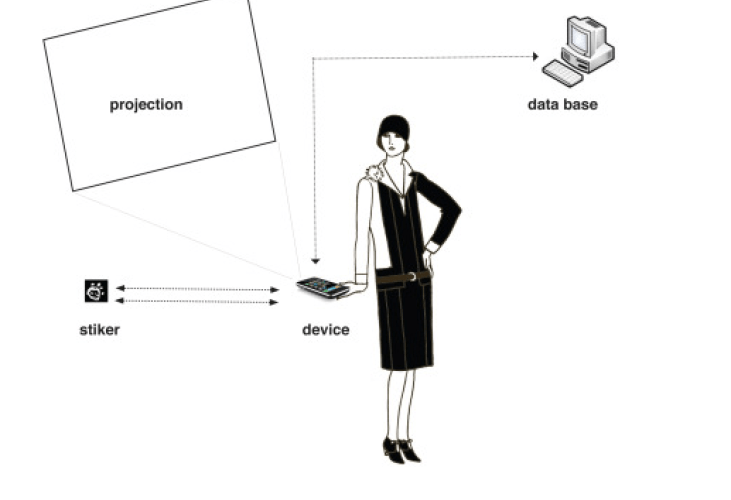Las propuestas giran alrededor de un tema clave: la visibilización de las infraestructuras comprendidas como grandes sistemas que soportan procesos globales, desde las que producen y transmiten energía y agua hasta las que hacen posibles las comunicaciones globales y la movilidad.
Dirigido por José Luis de Vicente, en colaboración con EOI Escuela de Organización Industrial. Profesores: Dietmar Offenhuber (SENSEable Cty Lab / MIT) Amber Frid-Jimenez y Andrew Vande Moere (Information Aesthetics).
Programa de presentaciones y seminarios que se celebran durante el transcurso del taller Visualizar'11: Comprender las infraestructuras en el que se desarrollan proyectos que investigan, analizan y representan a través de datos el funcionamiento de infraestructuras y sistemas globales. Entrada libre hasta completar aforo. [streaming en directo]
Taller: 14 junio - 1 julio, 2011. Seminario: 14 y 15 junio, 2011
> Convocatoria para colaboradores (hasta 12 junio)
> Proyectos seleccionados para Visualizar'11: Comprender las Infraestructuras
ALGUNAS PROPUESTAS A CONTINUACIÓN:
Atlas Visual de Innovación en España por Alberto Gonzalez Paje (Madrid) y Rocío Márquez (Barcelona).
Es la construcción de un Atlas Visual de la Innovación en España, mediante la representación de 70 000 pymes con carácter innovador. Estudian su distribución, rendimiento, indicadores de innovación y comprensión de cómo la innovación afecta al desarrollo regional. Descripción del proyecto (EN) y unos prototipos de visualización creados por @arixha.
The Visual Atlas of Innovation in Spain aims to display a set of 70 000 points representing innovation driven small and medium size companies based on their geographical location, activity, a bunch of R&D indicators and performance metrics. By doing so, we pursue to have an overview about the spanish innovation infrastructure, find patterns and make comparisons in order to better understand what leads to set up those companies in certain regions or economic sectors. We also want to discover how innovation affects society’s development, by comparing innovation regional hubs with their wealth level, industrial production index or unemployment rate. To allow quick findings and due to its public service nature and size, display design should be user friendly and include filtering and zooming features. During the workshop, we want to create the Visual Atlas using open access software such as Processing or OpenFrameworks and make it available for citizens. As part of the project, we also want to experiment with new ways of human-computer interaction by building a touch table prototype. If you consider it as a real challenge and you want to contribute to its success, come and join us!!!
Reveal-it! por Nina Valkanova (Bulgaria), Juan Pablo Carrascal (Colombia) y Penelope Maldonado (México).
Reveal-it! envisions the idea of revealing on-site data about the citizens’ consumption processes and their interrelations with energy-related infrastructures in urban environments. The project proposes a participatory mobile intervention for interactively discovering and visualizing this data via on-demand projection on urban surfaces. It involves developing interactive infographics for a mobile device equipped with an integrated mini projector and a collaborative website. The objective of Reveal-It! is to provide citizens with ways to discover and reveal data about their use of ubiquitous energy networks by playfully displaying attractive and insightful visualizations in their shared environment, encouraging understanding and reflection.



















